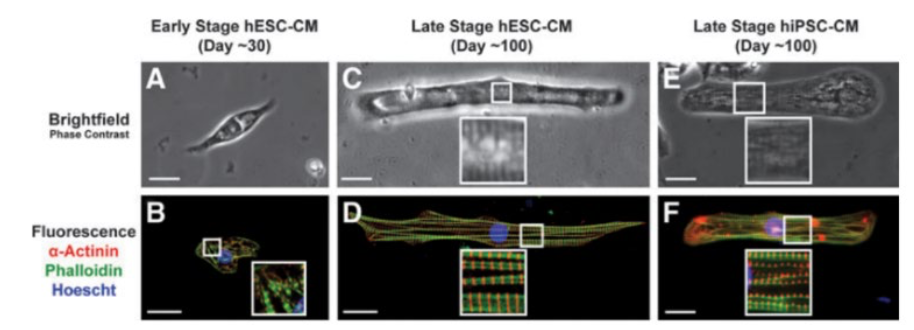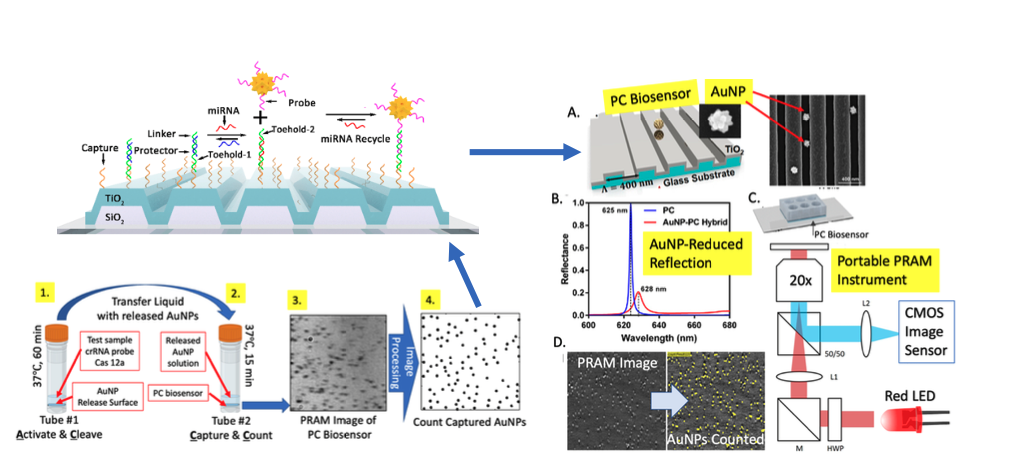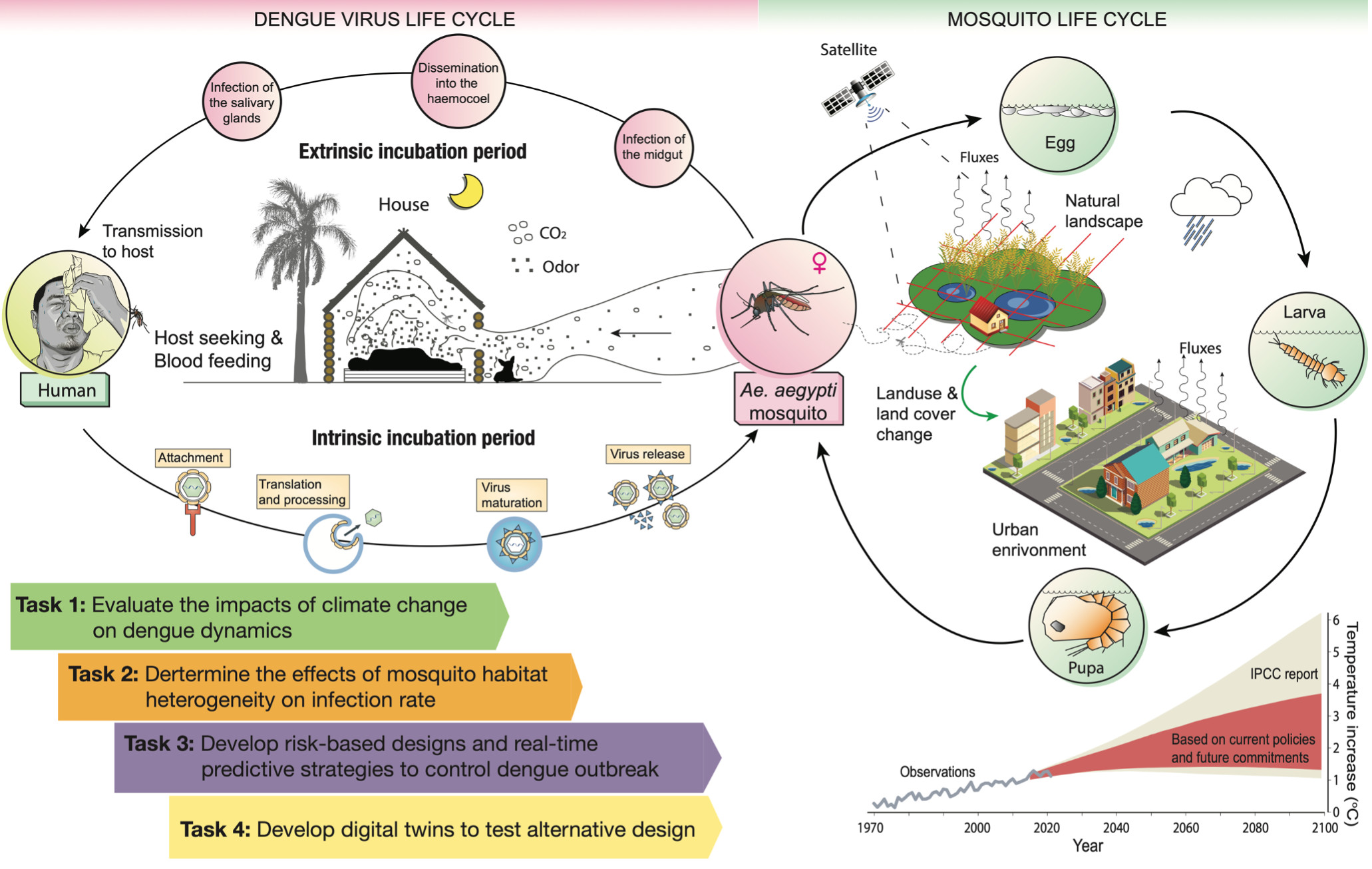
Developing a unified, low-cost, self-care mobile health application for common disease screening and early detection in low-and middle-income countries
Principal Investigators & Key Members:
Mark Hasegawa-Johnson
| Minh Do
| Hieu Pham
| Dinh Nguyen
| Huyen Nguyen
| Vo Thanh Nhan
| Ho Ngoc Minh
| Nguyen Trung Nghia
This work aims to develop a low-cost, unified machine learning-based screening tool using multimodal signals collected from smartphones and wearable devices to evaluate the risk of presenting with common, high-demanding NCDs (stroke, chronic respiratory diseases, and neurodegenerative diseases) in low-and middle-income countries. This tool can be used at home or the point of care and opens up the opportunity to bring digital healthcare solutions to millions of people across countries.






